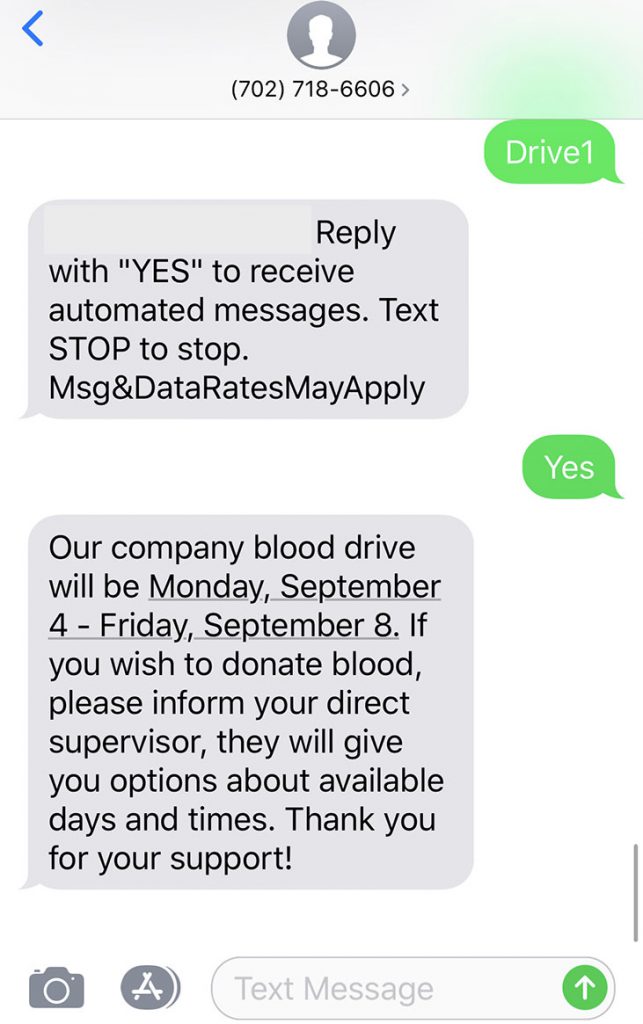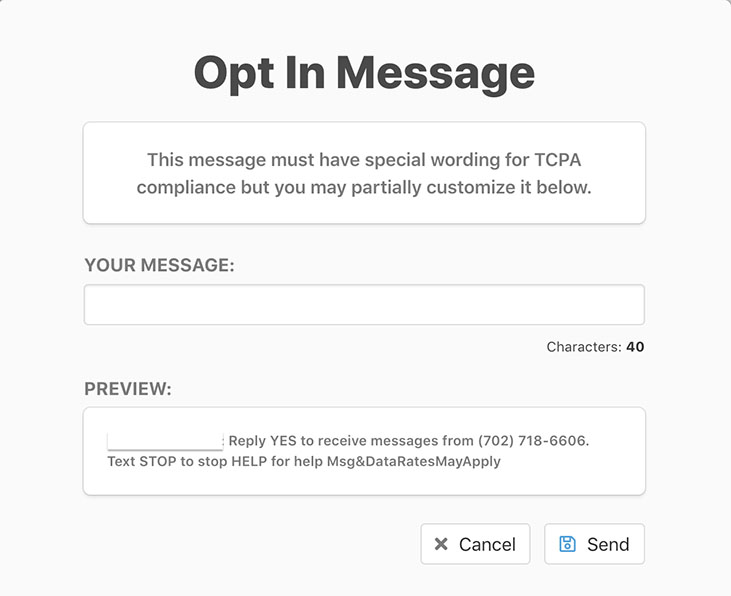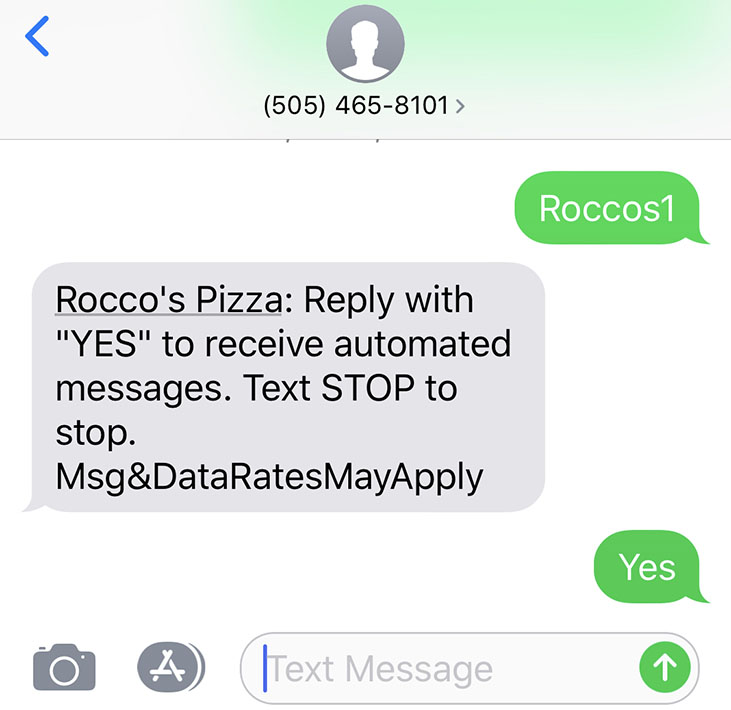What’s with all the spam text messages I’m getting?
The rise of personal cell phones led to the rise of spam text messages. It’s no longer uncommon to get at least one or two spam texts a week, or more. Text message spammers know we are almost always on our cellphones and they think we are only one tap away from making their scheme work.

History of Spam Messages
In the past it was difficult for spammers to get directly at a person, however, with personal cell phones spammers can reach almost anyone, anywhere.
When the phone became a part of everyday life in the home, so did getting telemarketing calls. Now spam marketers have moved to where most of us spend the majority of our free time, our cellphones. With a cellphone, you are essentially reachable anywhere at any time.

In addition to spam calls and text messages, there are also calls and messages that are complete scams. In the past, a scammer would have to tease the information from you over the phone. But now, they can send a spam text that simply by tapping on a link downloads malicious software on your phone. After this is complete, within seconds, the scammer has full access to any personal information stored on your phone.
Who gets spam?
Lots of people get spam text messages. It’s almost impossible not to. The reason? 98 percent of just young adults alone can receive a text message. For other segments of society the numbers aren’t quite as high, but they are astounding. And if you can receive it, a spammer will send it. For the actual scammers, it’s just becoming another way for them to reach you. And the trouble is we perceive our cell phones as secure because they are with us all the time. However, they are anything but secure.

Personal information on your cell phone
We give out and store a lot of personal information on our cellphones. Most of the time without even thinking about it. Think about your cell phone right now. Your exercise app has your information, your bank app has your information, your social apps have your information, your shopping app has your information, and your maps have your exact location nearly 24 hours a day. Even your food apps have some sort of your personal information on them. Most have your age (for legality purposes). Some have much more than that.

Your exercise app has your age, weight, height, activity level, and even sometimes the type of food you eat. Your bank app has your social security number, date of birth, and full legal name; not to mention your actual bank account numbers and balances. Your social app has your date of birth, name, and hosts of your interests that it tracks nearly non-stop. Your shopping app has your credit card numbers and your typical shopping habits. And if they get into your email, you’re going to be in a world of hurt. Moral of the story there is a lot of information that’s easily accessible on your cell phone especially if you keep yourself logged in to your apps.
The point here is not to freak you out, but to make you aware of all the personal information up for grabs on your phone. If you were to engage with the wrong spam text message, all of this personal information can be passed along. So, what can you do? Well stay vigilant.

What to do if you receive a spam text
The FTC has guidelines on dealing with spam text messages. The most important is to not engage with spam texts. Report the text message to your carrier and then delete it from your phone. In addition, you can place your cell phone number on the National Do Not Call Registry and report the spam text directly to the FTC.

How to market with text messaging the right way
Now that you know what a spam text is, it’s your job as a marketer to make sure your marketing efforts aren’t spamming consumers. Even if your text message marketing looks like a spam text, you could end up being reported to multiple carriers, even the FTC. And the greatest hindrance of all, you won’t engage with anyone.
According to the FTC, if a text message is unsolicited, it’s illegal. In other words, the person or company sending the text needs to have the consumers permission to send text messages to them. TextSanity helps you keep your sanity when getting consumers permission for sending mass text messages and actually engaging with your audience.


TextSanity keeps your mass text messages legal
All of the federal TCPA laws that protect consumers from getting spam text messages, TextSanity is compliant with. These laws tell marketers how phone calls and text messages can be sent from automated systems. For mass text messaging, the law requires you to have a consumer’s consent before you can include them in a mass text.

Mass text messaging, or broadcasting, with TextSanity is designed to follow the law. We only broadcast to those in your contact database who have said that they would like to receive your mass text messages. You can easily get opted-in contacts with our unique tools such as keyword campaigns and simple webforms.

So make your life simple by choosing TextSanity today. Once you see how easy it is to engage with your intended audience while following the legal requirements, you’ll want to keep spreading the sanity for all your text message marketing needs.


